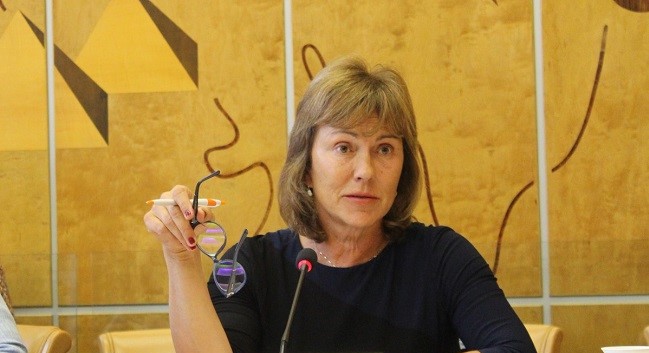Methane is a powerful short-lived climate pollutant. It is also the main precursor of tropospheric ozone (O3). Over a 20-year period, methane’s effect on global warming is 84 times greater than carbon dioxide. Fossil fuel production, including coal mining, accounts for 29% of human-made methane emissions.

Even after coal mines are closed, they continue to emit methane that migrates into the abandoned mine from neighbouring, connected coal deposits. As many countries shift their energy economies away from coal, tackling Abandoned Mine Methane (AMM) emissions will be an important issue. This phenomenon, however, is observed not only in countries where coal production is declining and mines are closing, it is also found in those where coal production continues to play a significant role in the energy mix and closed mines are replaced by new mines. Due to methane’s relatively short 12-year atmospheric lifetime, compared with CO2, taking action now to reduce emissions can have a near-term impact to slow warming.
Methane emissions from closed and closing mines can be substantial and are projected to increase. Estimates of global coal mine methane emissions indicate that AMM represented 17% of the total mine methane emissions in 2010 and forecasts indicate that the proportion may increase to as much as 24% in 2050. To put these numbers in perspective, in 2016, coal mines in the United States alone released 60.5 MMTCO2e of methane, which equals roughly the warming impact caused by 13 million cars.
New methods of assessing emissions, including use of remote sensing, measuring methane concentrations in the atmosphere, pinpointing sources, and estimating based on historical coal production, may help countries identify and inventory methane resources comprehensively. More precise estimates of the cumulative volume of emissions could draw attention to this potentially important energy source and drive policy frameworks that support investment.
To help raise awareness of AMM opportunities amongst corporate, government and financial decision-makers, UNECE’s Group of Experts on Coal Mine Methane prepared a Best Practice Guidance for Effective Methane Recovery and Use from Abandoned Coal Mines. The document, presented at the 28th session of the Committee on Sustainable Energy (Geneva, September 25 to 27, 2019), complements the Best Practice Guidance on Effective Methane Drainage and Use in Coal Mines, first issued in 2010.
However, not all abandoned mines are suitable for commercial AMM projects. Favourable mining and geological conditions may exist, but the most critical pre-condition is the presence of a suitable end user who could use the gas commercially. Without a market for AMM-based energy, it is unlikely that there would be a viable and sustainable project. Experience has shown that efforts made at the pre-feasibility and feasibility stages of a project can significantly reduce both operational problems and future costs.
Speaking about the new publication, Mr. Scott Foster, Director of UNECE’s Sustainable Energy Division, noted that “we must recognise that we cannot simply walk away from the world’s coal mining legacy. There are increasing opportunities to address environmental impacts by monitoring and mitigating methane emissions from abandoned mines.”
The Chair of the Group of Experts on Coal Mine Methane, Mr. Raymond Pilcher, underlined, in turn, that “it is clear from the work of the experts and examples of successful projects that abandoned mine methane may have significant value, but it is also clear that entrepreneurial investors and favourable market conditions are critical if viable projects are to be developed. Yet, there will remain many abandoned mines for which projects may not be developed, and those mines will continue to emit methane unless actions are taken. Clearly, innovative policies will be needed to address this growing source of emissions.”
The AMM Best Practice Guidance does not replace or supersede laws and regulations or other legally binding instruments, whether national or international. A clear legal framework and supportive policies can help in getting methane to market. To gain a greater understanding about the potential growth of these emissions, UNECE member states and Global Methane Initiative (GMI) members are urged to consider ways to improve their knowledge of the magnitude and rate of growth of this emission source by including methane emissions from abandoned underground coal mines in their national inventories.
